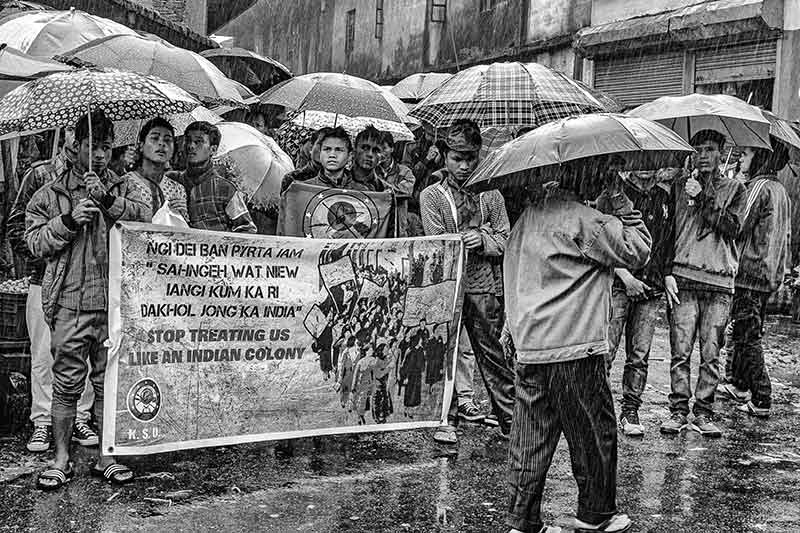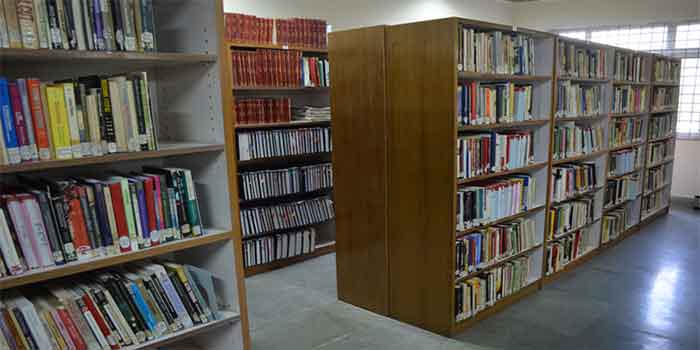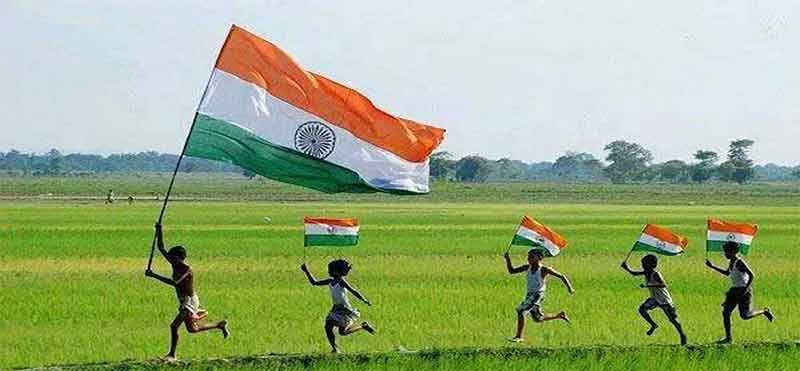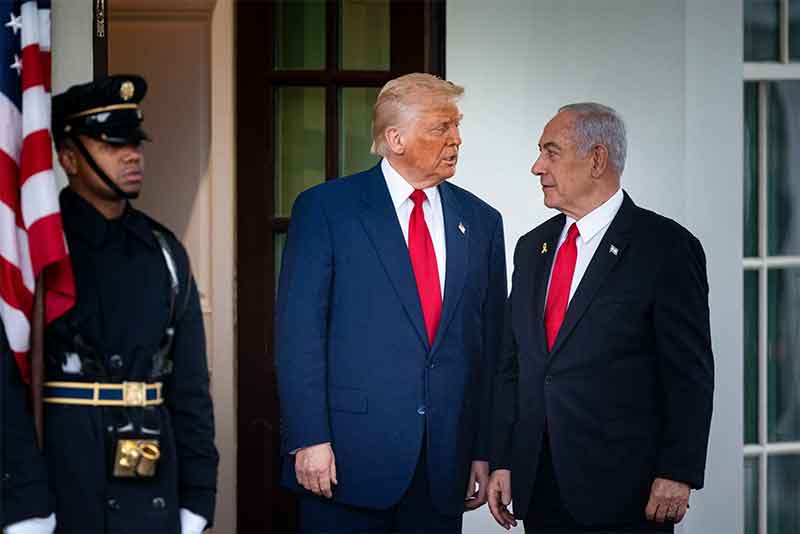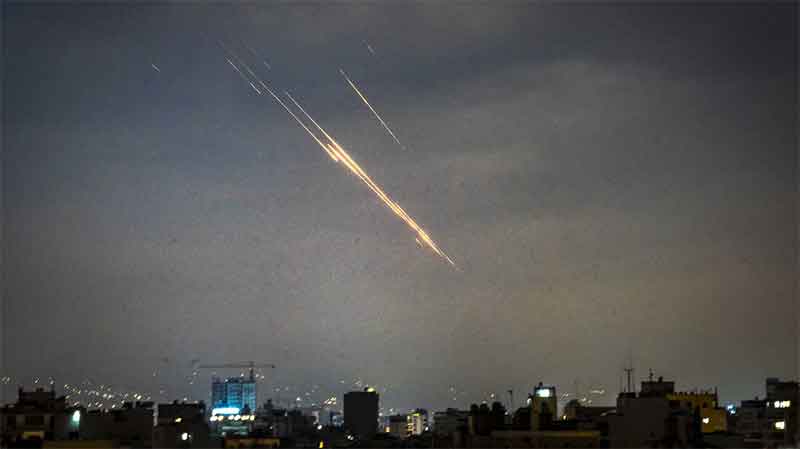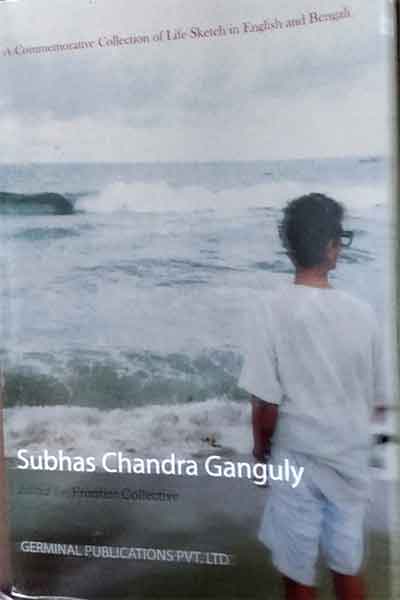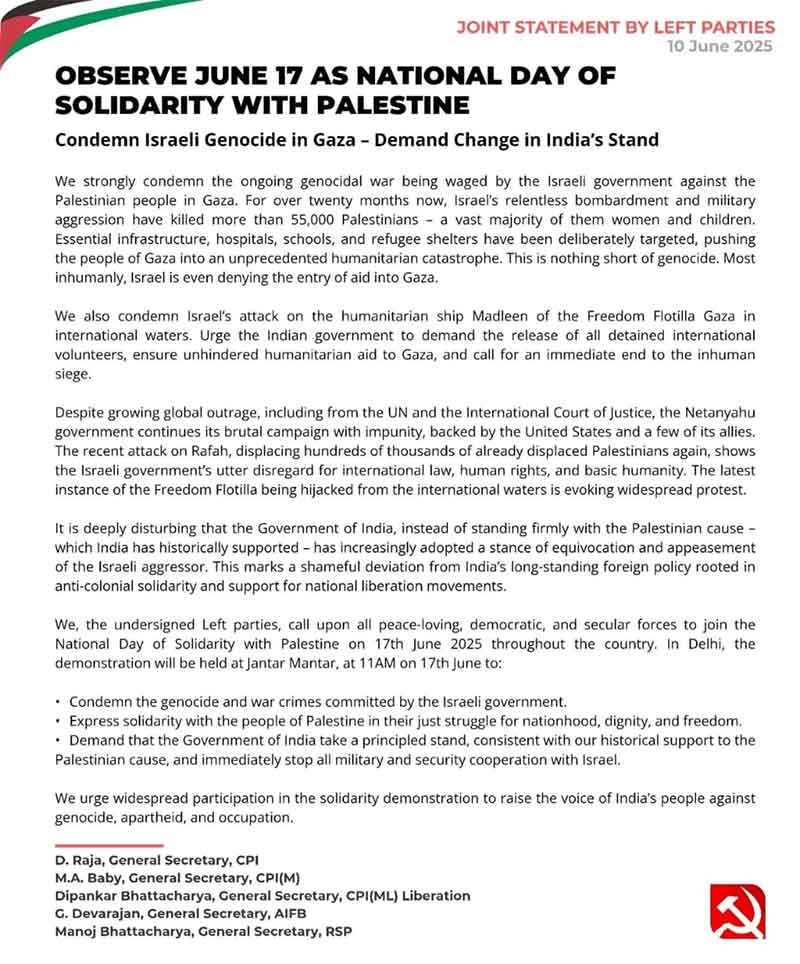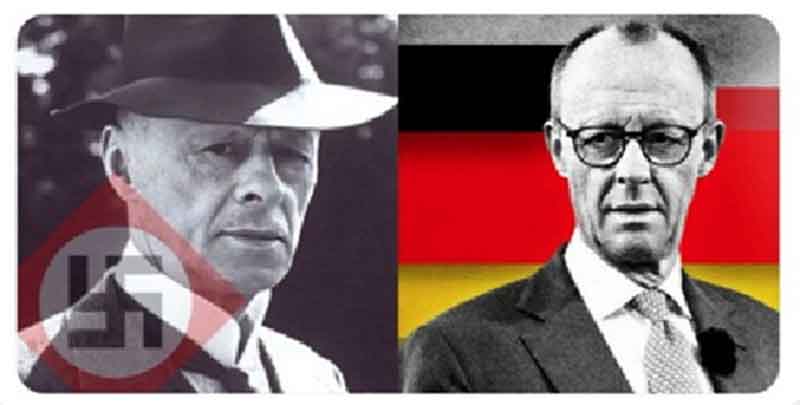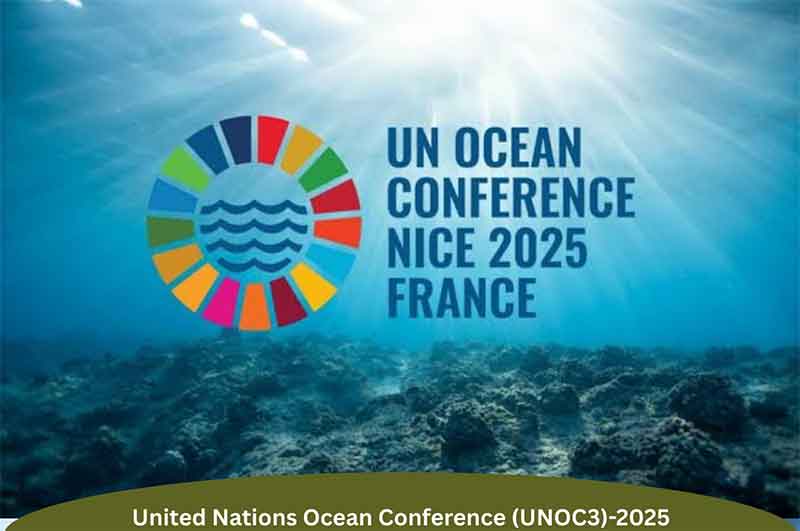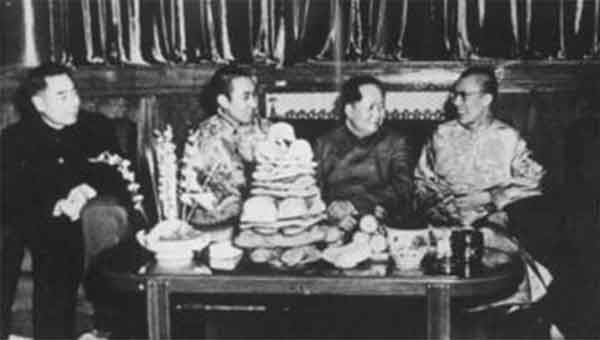
Anil Awchat- (Birth- 26th August 1944- Death:- 27th January 2022).
Social Activist, Physician and De addiction Activist was born on 26th August 1944. As Prominent Writer- Author and Poet with Multiple Aptitudes Dr. Anil Awachat has Authored more than thirty Two Books. Cover pages of few of them have been displayed on the First Slide. I was fortunate to see this Author in 1972- 74 couple of times at D.K Bedekar’s (Sudhir Bedekar’s) Bunglow at Deccan Gymkhana Pune. His social commitments were known to me since then. While searching for his Books I got hold of his Book Titled”, “Mazi Chittarkatha”. (Storey of my Paintings). At first glance at his Paintings and the narrated stories I could view his attempt to write Book is also an exploration and articulation of his own Psyche. The present attempt is to explore the depths of his story.

Tragic End of Shard Tribhuvan
Sharad Tribhuvan seems to be instrumental in transforming Anil Awchat into Modern Painter. Anil narrates his experience. He says, he took up painting work as relaxation or consolation and not as skilled painter or artist. He went ahead with drawing paintings at his Age of Twelve when he Drew Shivaji, when he was in Eighth standard and subsequently drawing- painting series, of Trees, Peacocks, Elephants and so on. He did not learn the Art of Paintings from anyone but were automatic expressions of of his psychic stirrings.
Anil’s narrative highlights the role played by one Mr. Sharad Tribhuvan- also named by Anil as ‘Lawrance Manohar’ on whom he mentioned in his Book,”Chhandanvishayi’ (Subject of his Hobbies”, in shaping pushing him into field of Paintings.
Anil has characterized Tribhuvan as some one who has fallen prey to ‘Drinking Liquor habits since he was drunkard and was almost described as ‘Psychic’ as well. His association with him was turning point for Anil. He often used to visit Sharad Tribhuvan and In his house he discovered “Van Gogh’, French Post Impressionist and Symbolist Painter. Also he came across Eugène Henri Paul Gauguin, Sculptures and paintings of Marc Sijan, Henri Moore and several others. Tribhuvan introduced to him to several paintings and drawings with details. The entire exercise was so expositive and educative that it made lifelong impact on Anil Awchat.

Tribhuvandas was Painter and used to draw paintings under his hysterical and frenzied psychic conditions on the walls of his house. He used to get fully absorbed while paintings. He was DARIDRI (Destitute) but dreamt of spending money on Canvas, purchase colors in thousands of rupees and spending entire Night. His dedication was outstanding and unheard. Unfortunately he did not receive the desired response and finally fell victim to contempt, indignity and disillusion. His desire to live extinguished and became drunkard. The ‘Fakir’ fell victim to Liquor Drinking.
And one day he received call from one of his friend that Tribhuvan was found lying on the roadside, with barrage of Rains for to three four days. Someone passer by picked him up kept him on “Handcart” and delivered to Hospital and was declared dead. He finally died in imitation of his God VANGOGH! He extinguished but showed the Way to Anil !
Also Tribhuvan provided him the insights into colors, like into how seemingly yellow colored light when falls on to object disintegrates into several color shades. Incidentally Van Gogh himself used to use Yellow Color very frequently and multiple theories are assigned to this phenomena, one of which being he suffered from ‘Yellow Vision’ and is reflected Yellow sunflowers, yellow fields of grain, even the yellow moon in Starry Night. Use of yellow color became prominent in Anil Awchat’s Paintings. Tribhuvan used to show him how many shades of color are hidden in it.
Although the light of the lamp is yellow, when it falls on the house, on the rocks, on the roof, on the road, how many different shades do they take with their colors, Anil achieved very significant breakthrough First with sketch pen and then with Oil Petals. Under these segments Anil provides glimpses in to his Journey of Abstract Paintings. He got literary absorbed and pulled into this and forgot and left his prolonged associations with ‘Ukrand’ (Yuvak Kranti Dal- the Left Leaning Organization which originated in 1967, and so also his Medical Background (Doctor- MBBS) and Sadhana Weekly as well. Instead of Cubism he focused on Portrait Paintings of Tribhuvan and Van Gogh!
The Aerial Roots of Banyan Trees.

In Anil’s Book under our Review on Paintings we see the impact of Van Gogh as well as Eugène Henri Paul Gauguin, Sculptures and paintings of Marc Sijan. (Hansen Museum) Tribhuvan used to show him how many shades of color are hidden in it.
In Footsteps of Picasso and M.F. Hussain
(Inspiration from Mother and Role of Wife).
His emergence as creative writer and Modernist Painter began in his childhood and inspiration he received from his mother FROM HIS Childhood and from his psychiatrist wife Sunanda. His mother had two ‘mother In laws’ who used to torture and harass Anil’s mother day and night. His mother in turn did not retaliate or openly retaliate. Instead his mother but repressed and acquired the knack of converting and sublimating her instinctual desires into ‘Rangoli rebellion’ into creative form.
Paintings of Human Shapes Anil frankly says he learnt after his marriage. Impact of naked body of Female on my mind was phenomenal and intensively rocked me. He says he reached into most primitive- aboriginal phase of human life. The instinctual- sexual drives which compels the two bodies, female and male to come together and when the difference is lost. The two bodies when united the heads integrate into ‘stem or stalk of strong trees! Anil’s friends compared them with Picaso’s and M.F. Husain’s Paintings. This transformation is recreated in his paintings as Human Shapes integrated naturally into Tea Trunk. This is kind of ‘Self Discovery’- Self Analysis for Anil Awchat. He remembered the prostitutes in Bohri Lane when he used to travel and find the Fat but energetic females sitting outside their homes. But most importantly he could visualize them as well formed.

Rocks and Sculptures. After some time lapse Anil Awchat discovered that he could work on Sculptures made in Wooden Frames. Suddenly he ‘Unconsciously’ created Sculpture Painting of a Tabla & Flute Players completely engrossed their creative entertaining practices. I do not know whether he was regular reader of psychoanalytic literature but but it was great occasion to hear that on Feb. 26, 1920 he received Felicitation and Award from Sigmund Freud Mental Health Research & Psychoanalysis Institute, Pune for his great contributions as ‘Anti Addiction Activist. While speaking on the occasion about patient- Psychoanalyst Doctor relationship, he said, Empathy is the Key Factor for Faster Healing”.
For me his Paintings speaks about his ‘self Discovery’ to get to the bottom of instinctual sources of Creativity and Process of transformation into Arts and Paintings. .
Embroiled my Soul in Trees
From Childhood Anil loved visiting small jungles nearby to his house. He says he had the habit of welding and turning around his hands and fingers around Trunks of the trees. The childhood memories inspired him to paint trees along with their backgrounds, like hills, sky etc. He had completed several paintings and one day had an occasion to meet the Great musicologist Kumar Gandharv . On insistence from Kumar he showed the paintings to him and to Anil’s surprise Kumar liked each and all. He liked to paint water flowing over the ridge or rim of the Hills. His Paintings of trees have special features of the Trunks standing hard and fast like a Strong Human being.

“ While looking at this picture, the picture of a Banyan Tree, with a good big diameter caught the attention of how netted the lower root is. Looking around, I saw a mighty man with arms raised in place of a trunk. O my God, Was it here? Why I have not been able to see it so far? Is it the fringes on his hands or the dripping water when he comes out from the water? The colors complement each other well. The sky behind is Yellow-Orange, the tree is white, and the foliage is a soft green. Mostly white, but filled with rakhi color in the middle. Wow, wow! I was aware of colors”. It is not an accident that Van Gogh was fond of Painting the trees in Forest Lands and has done wonders. His attempt to Paint Banyan Tree remained Unfinished Painting which shows Tree Trunks and Root.
Faces, Pictures and Sculptures
There is one more section in the Book, devoted to above subject of confronting two Art Forms Face Sculpture and the unifying elements in it. Here the Facial Expressions are important and the technique used is to represent facial Muscles in their detailed configurations. They help to provide the requisite detailed representations to eyes, Nose, mouth, lips, ears and other facial elements or components. Also fusion of Faces, Body Parts- Organs This adds up to articulate emotions, expressions and enables the viewers to get glimpses into the inner world of the Individual. Anil recognized the significance of Anatomical studies through Paintings which were not realized during his Medical studies.
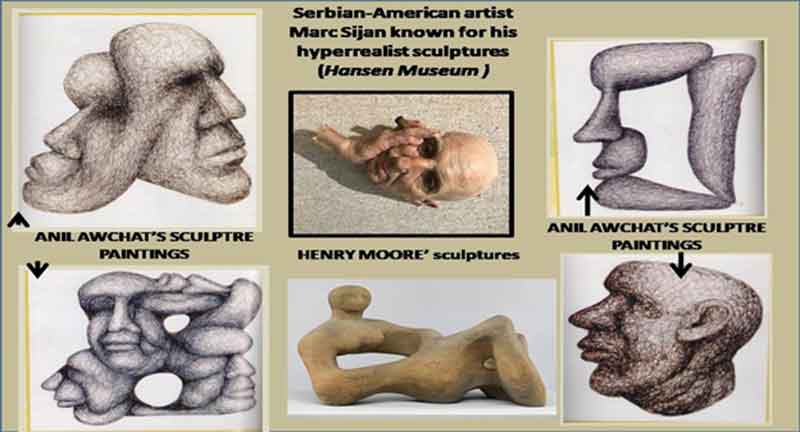
He realized the Aim of the Face Sculptures to provide meticulous attention to anatomical details to create a lifelike portrayal.
There is one more section of the Book which refer to the Childhood memories of his Rangoli’s of Peacocks drawn by his mother. His imagination to integrate the plumages of two peacocks. He drew the paintings and his wife filled in with colors.

Their combined and compounded efforts provided immense energy into the bodies of both and made their House to dance with Joy. This image of the Peacock occupies the Front page of this Book.
While reviewing the lessons the Book taught him he says he learnt the sublime and colossal version of the Primitive Nature. While observing the integrities of it he says that learnt to articulate the ‘unknown’ within himself and led to crumpling of his “Self Esteem- Ego”.
Anil Awchat was impressed by the strength of ‘lines’ Picasso used to draw his paintings and sketches to represent Animals, Portraits, Myths and objects. Similarly accepts that he learnt from Tribhuvan insights to grasp and interpret the significance of the minutest details within the paintings. His learning process thus has been accelerated by Tribhuvan?
Subscribe to Our Newsletter
Get the latest CounterCurrents updates delivered straight to your inbox.
Anil Awchat and his most compound Personality has been amazing Human Being. As a writer, De Addiction Activist, Socio – Political Leftist Leading Activist he was well known to Maharashtra. But his emergence as Modernist Painter following in the footsteps of Great renowned Artists transformed his Personality as he himself has accepted. Introducing him to English Readership on the occasion of Anil Awchat’s Birthday (26th August 1942) is significant since as a Modernist Painter who learnt from a frustrated Person like Sharad Tribhuvan and who Appreciation and Empathy for Sharad Tribhuvan speaks volumes about Anil Awchat’s Honesty as well.
Anil Pundlik Gokhale is an Engineer by profession. As a non regular writer on political literature I have always been attempting to integrate Psychology and Marxism. I have recently published books ‘Condensation And Condescension In Dreams And History: Essay – From Sigmund Freud To E P Thompson’ by Author House London. Psychoanalysis & A- Historical Story of GENGHIS KHAN, Author House- London.


